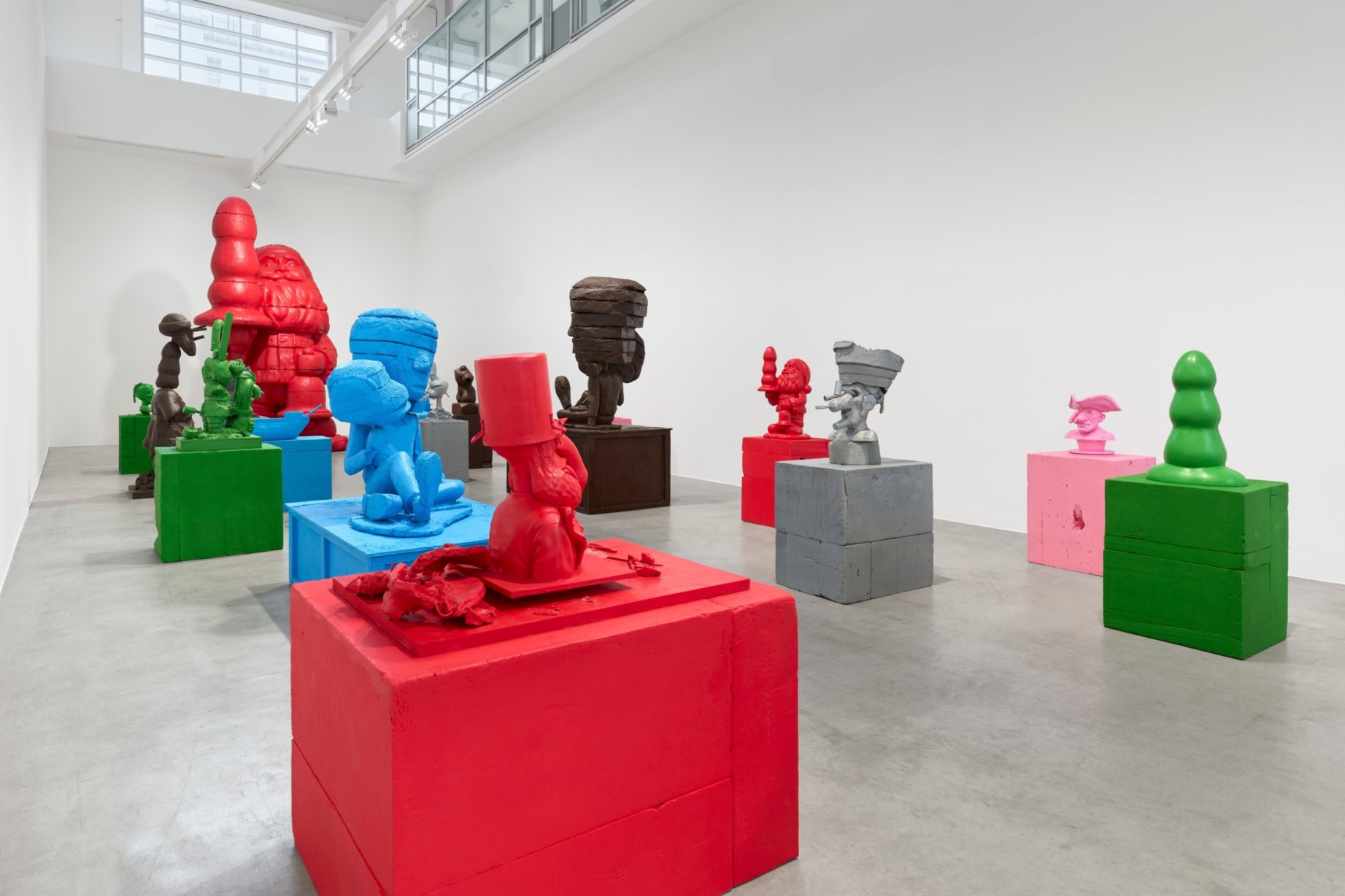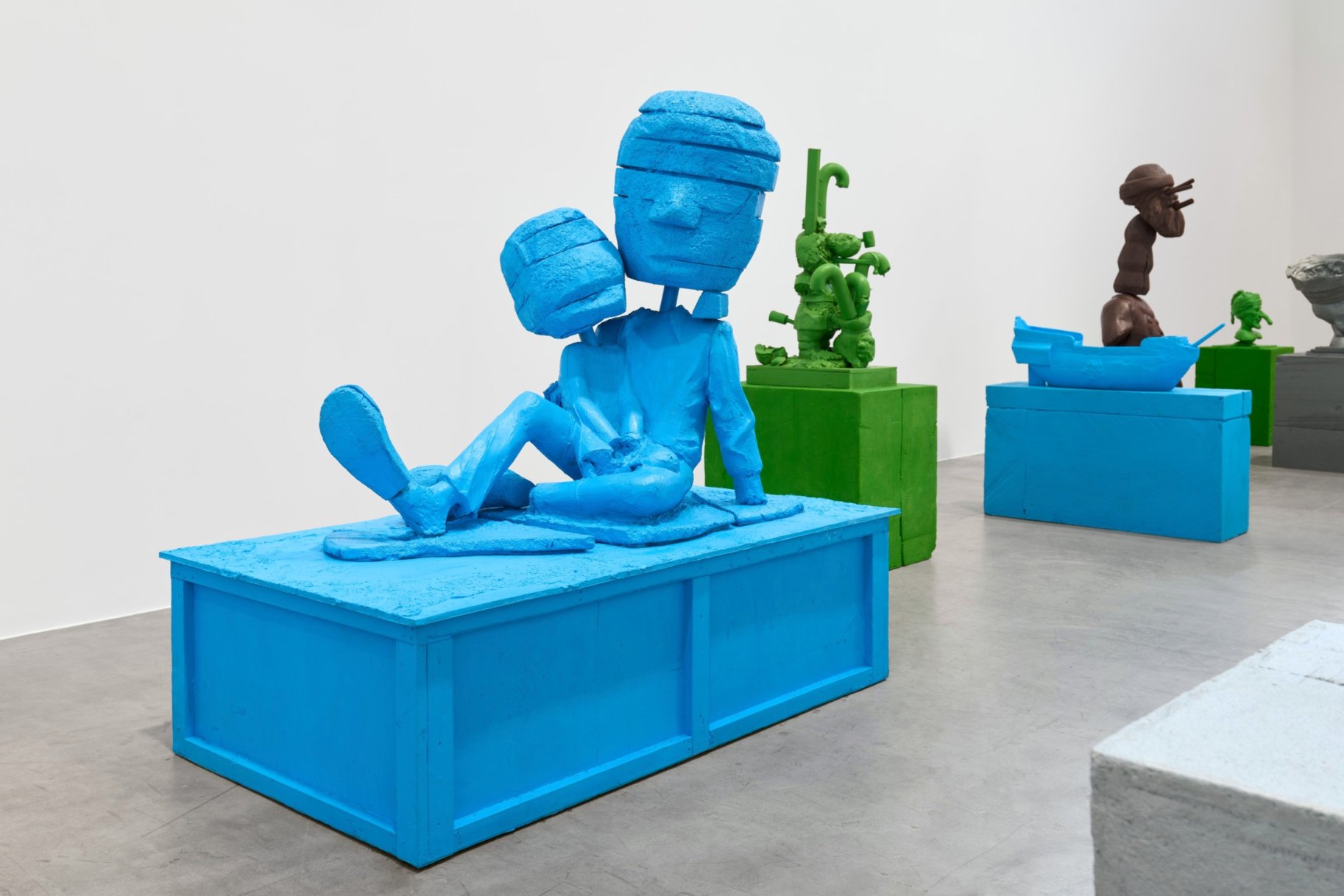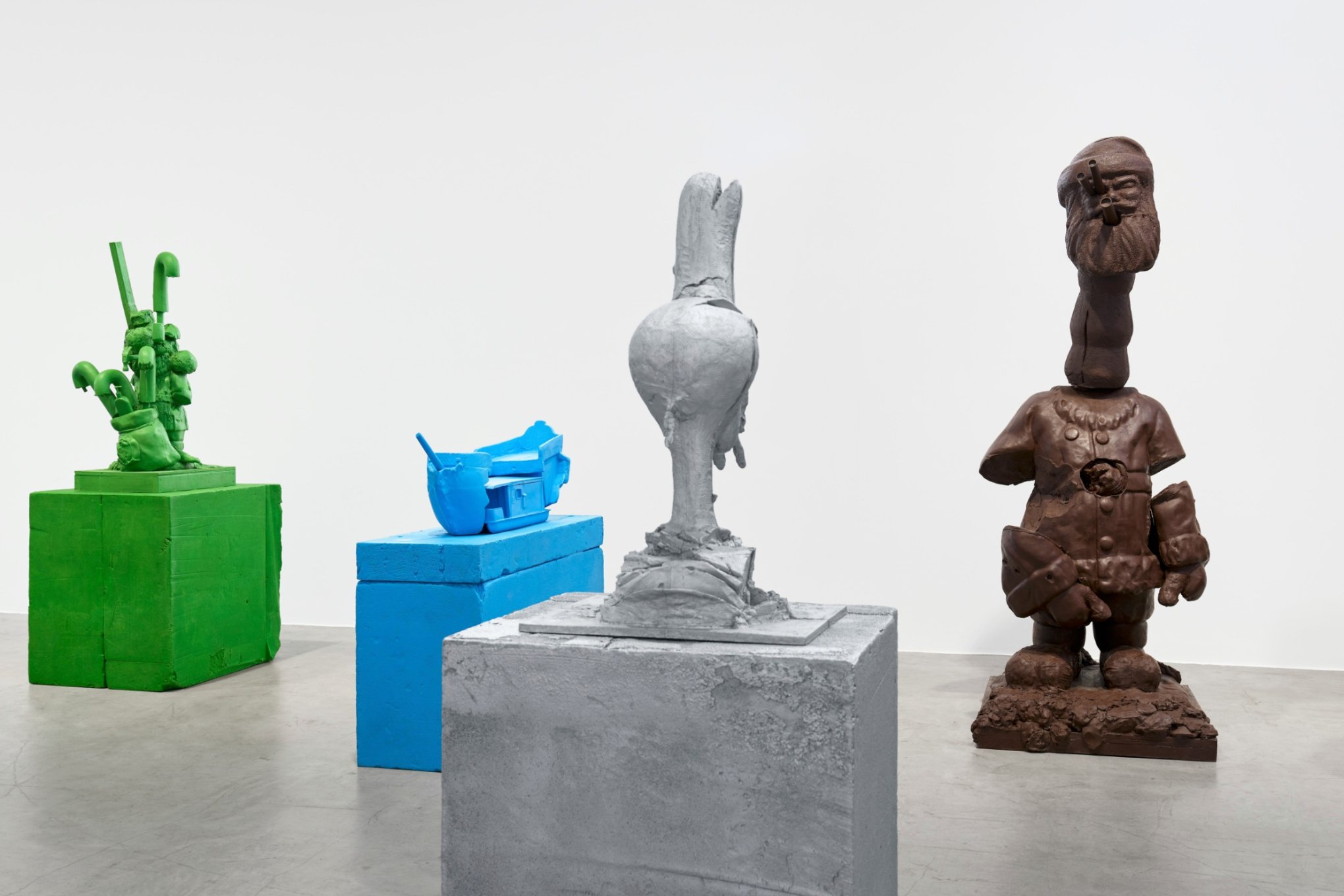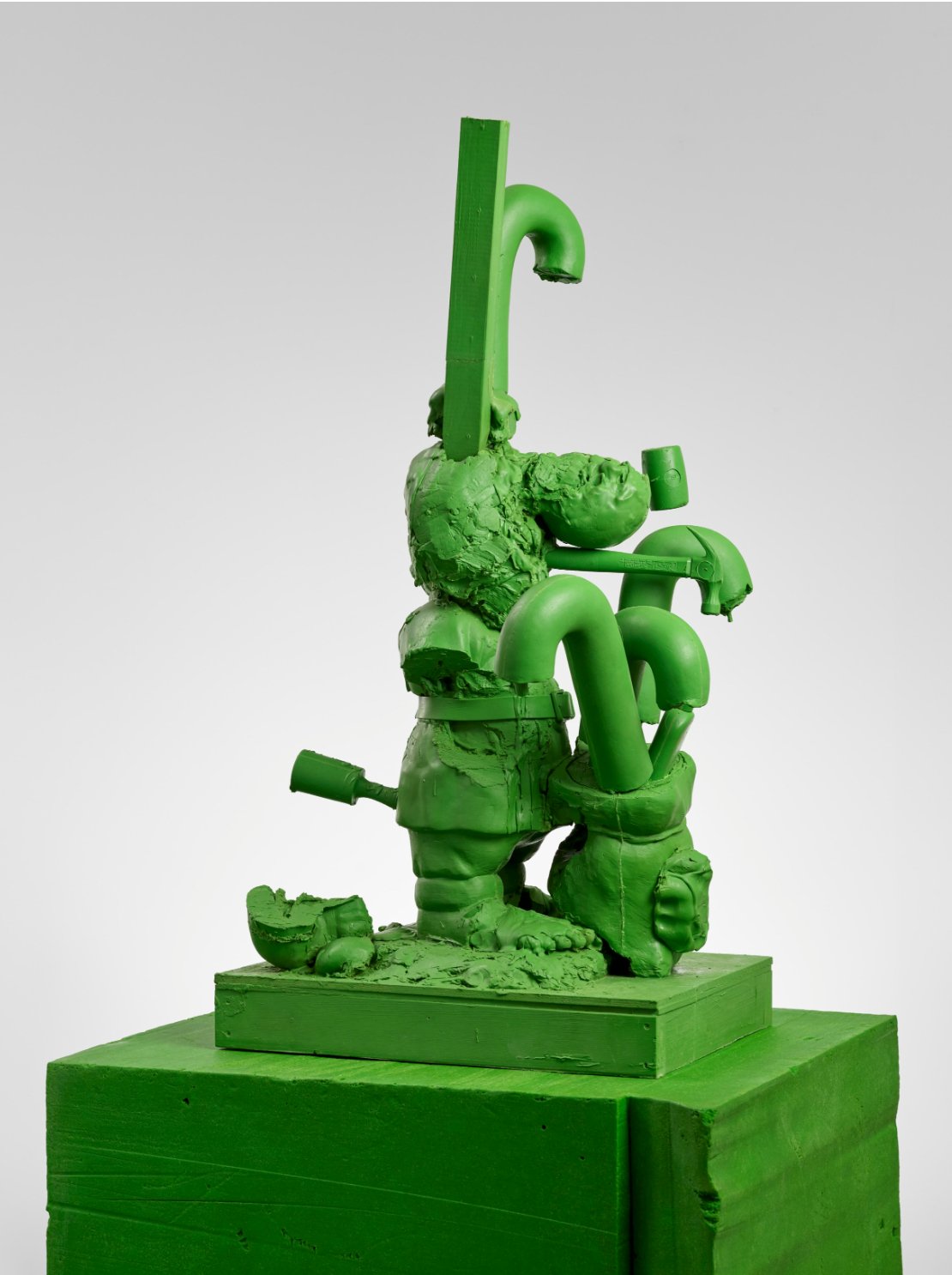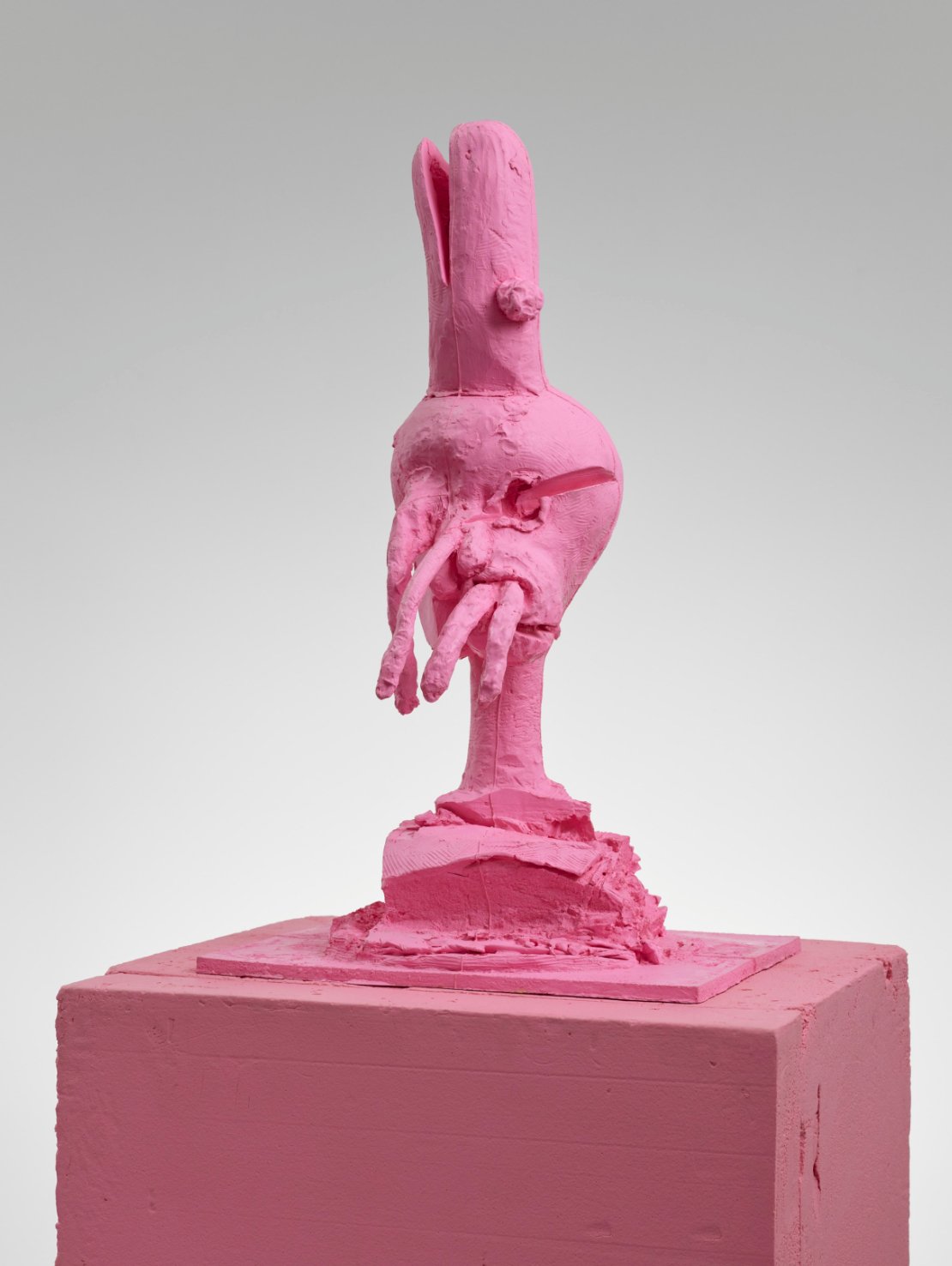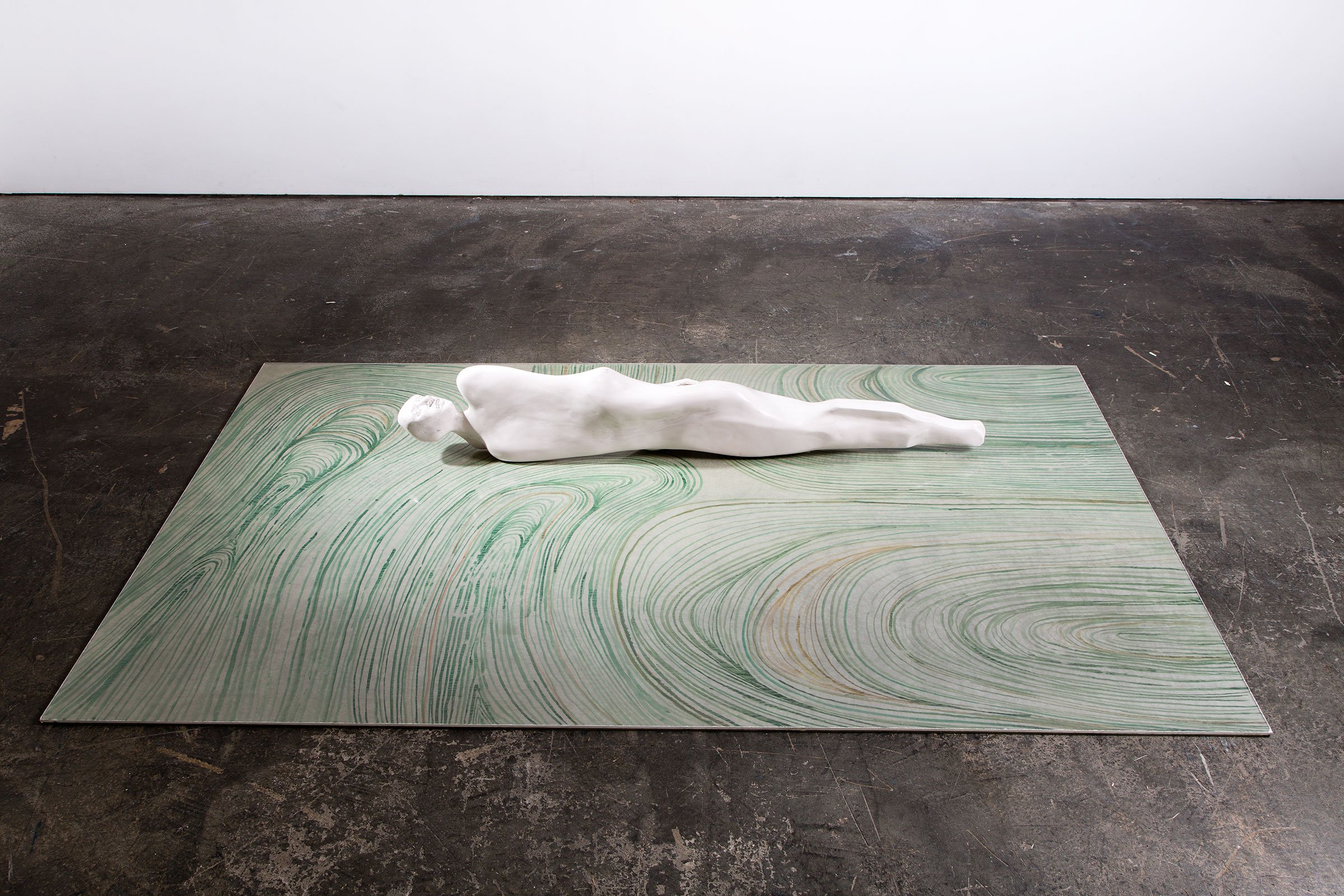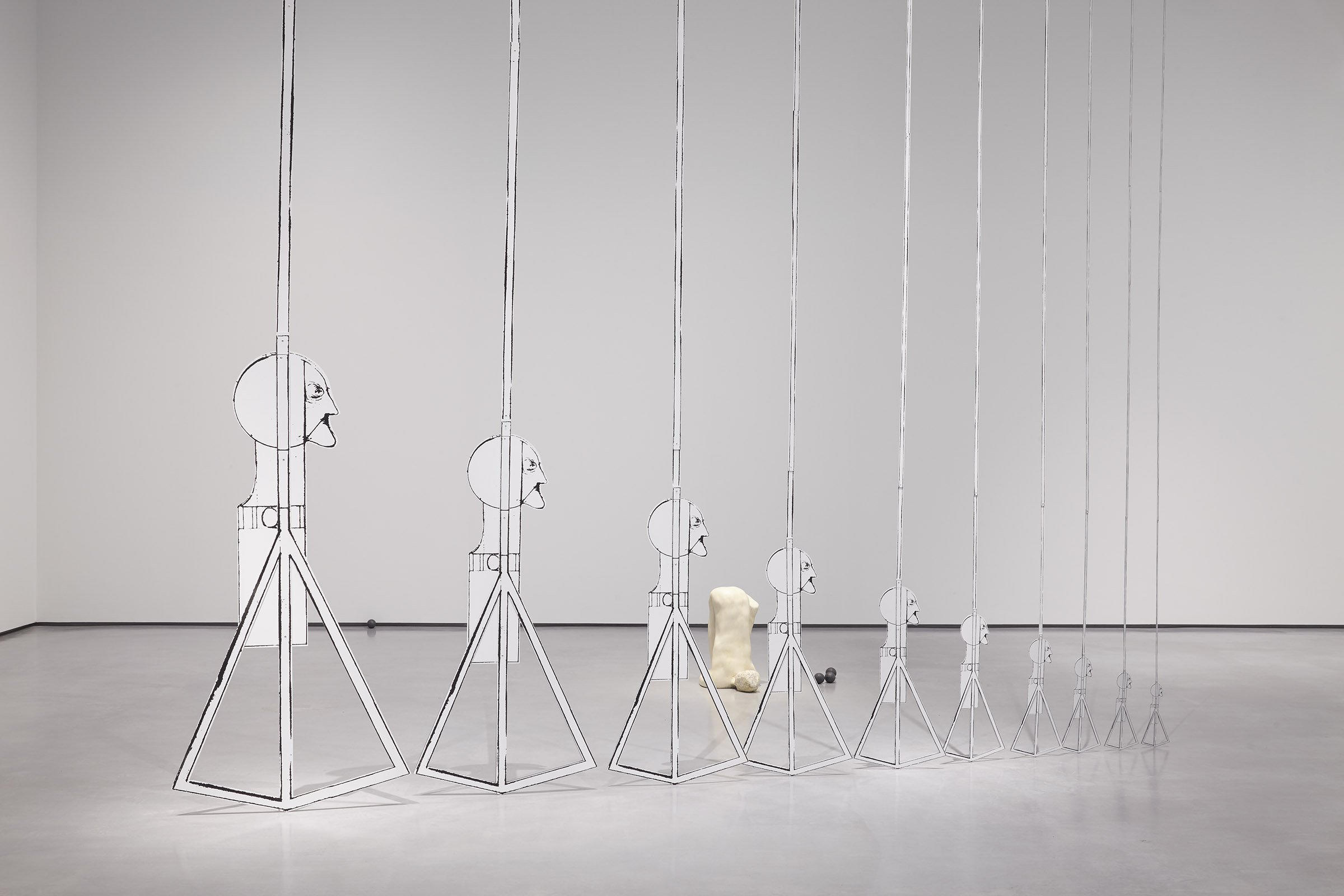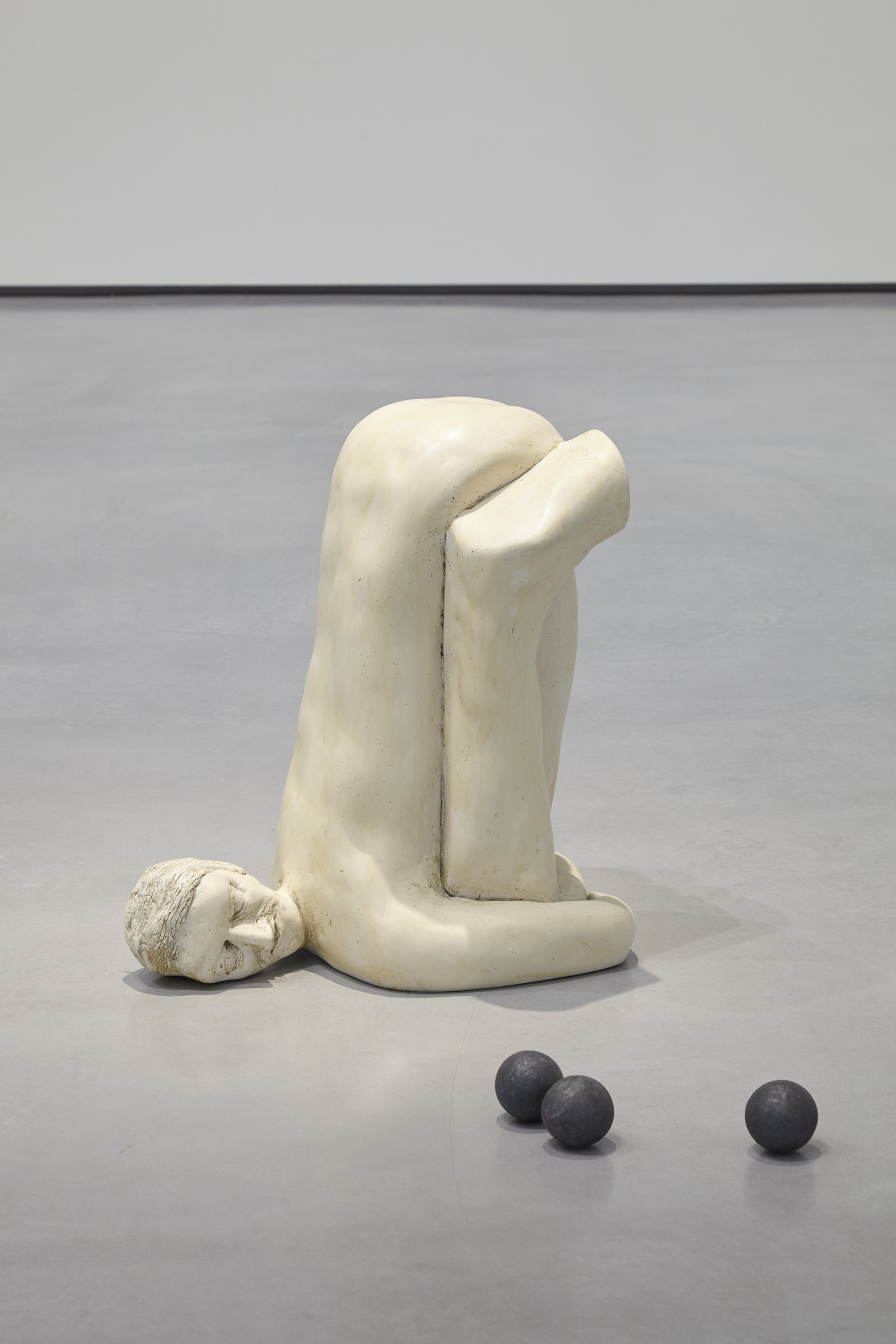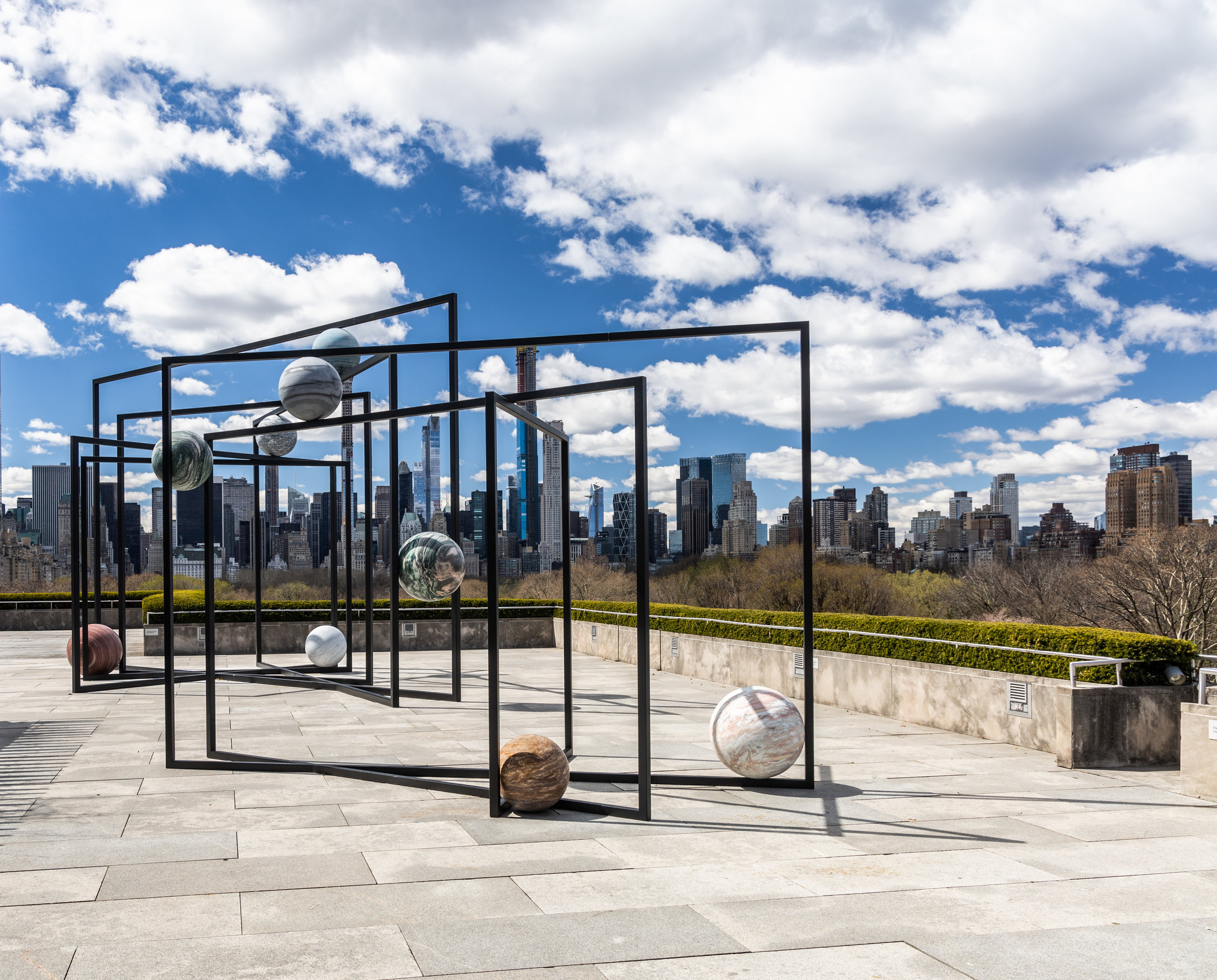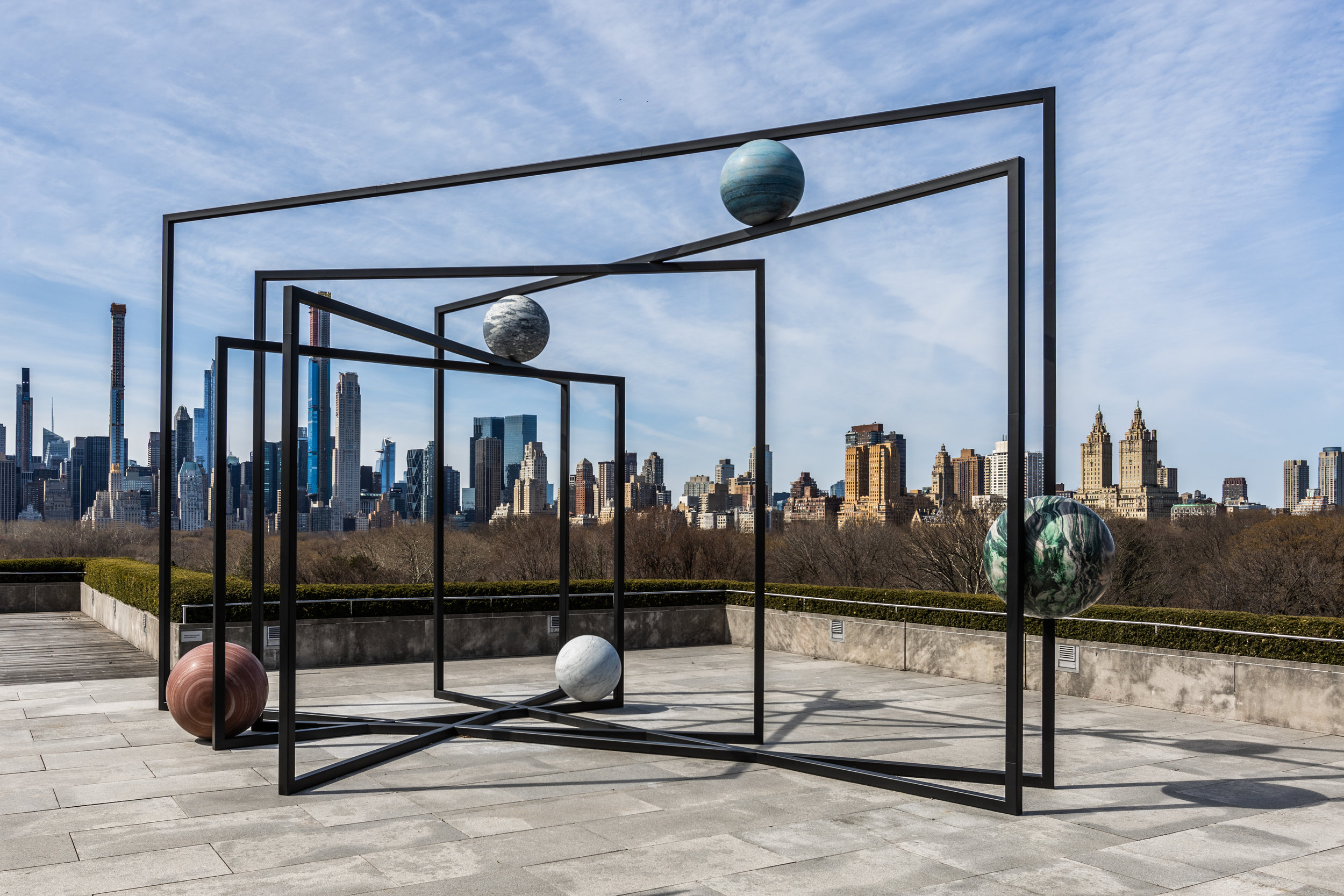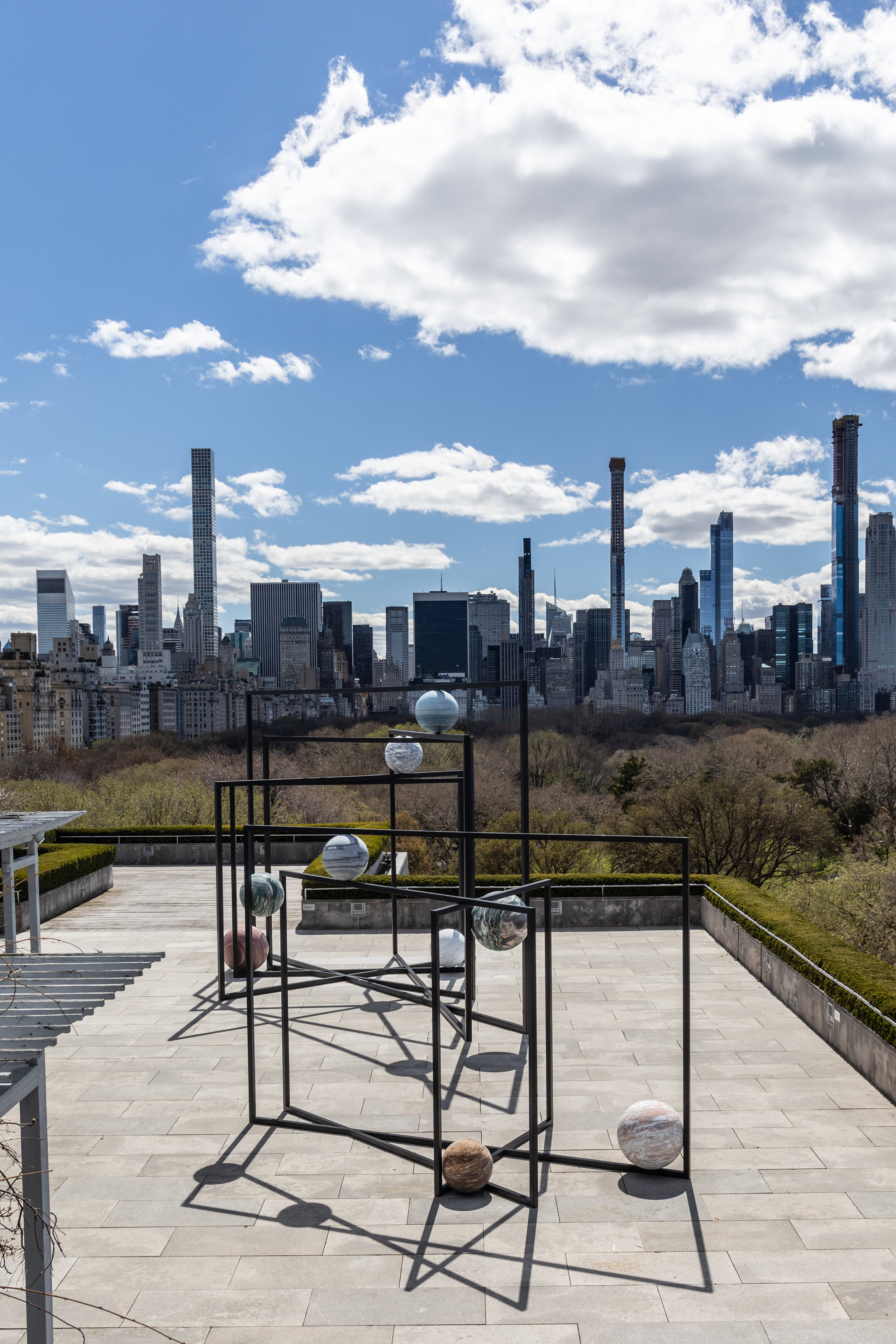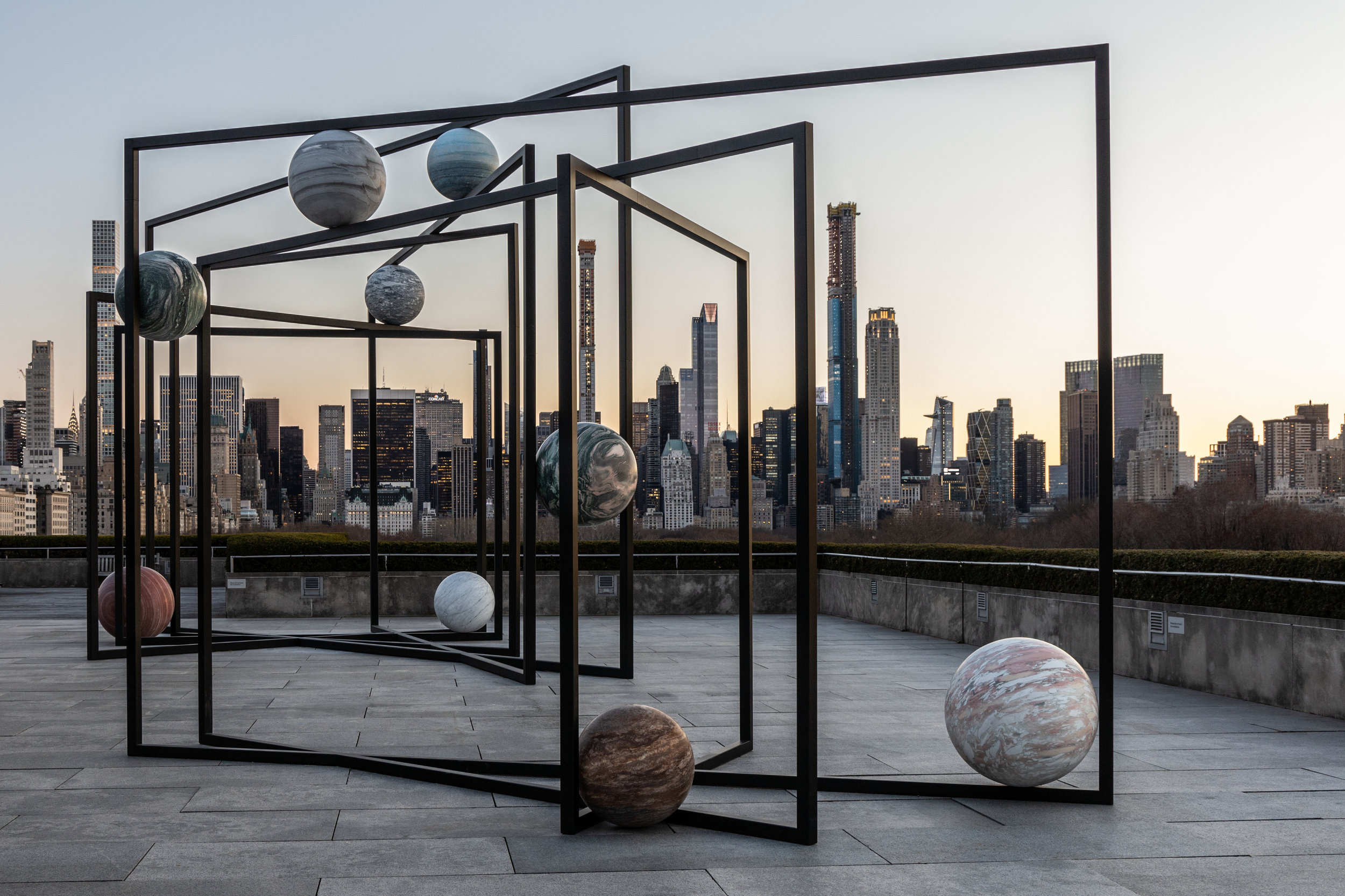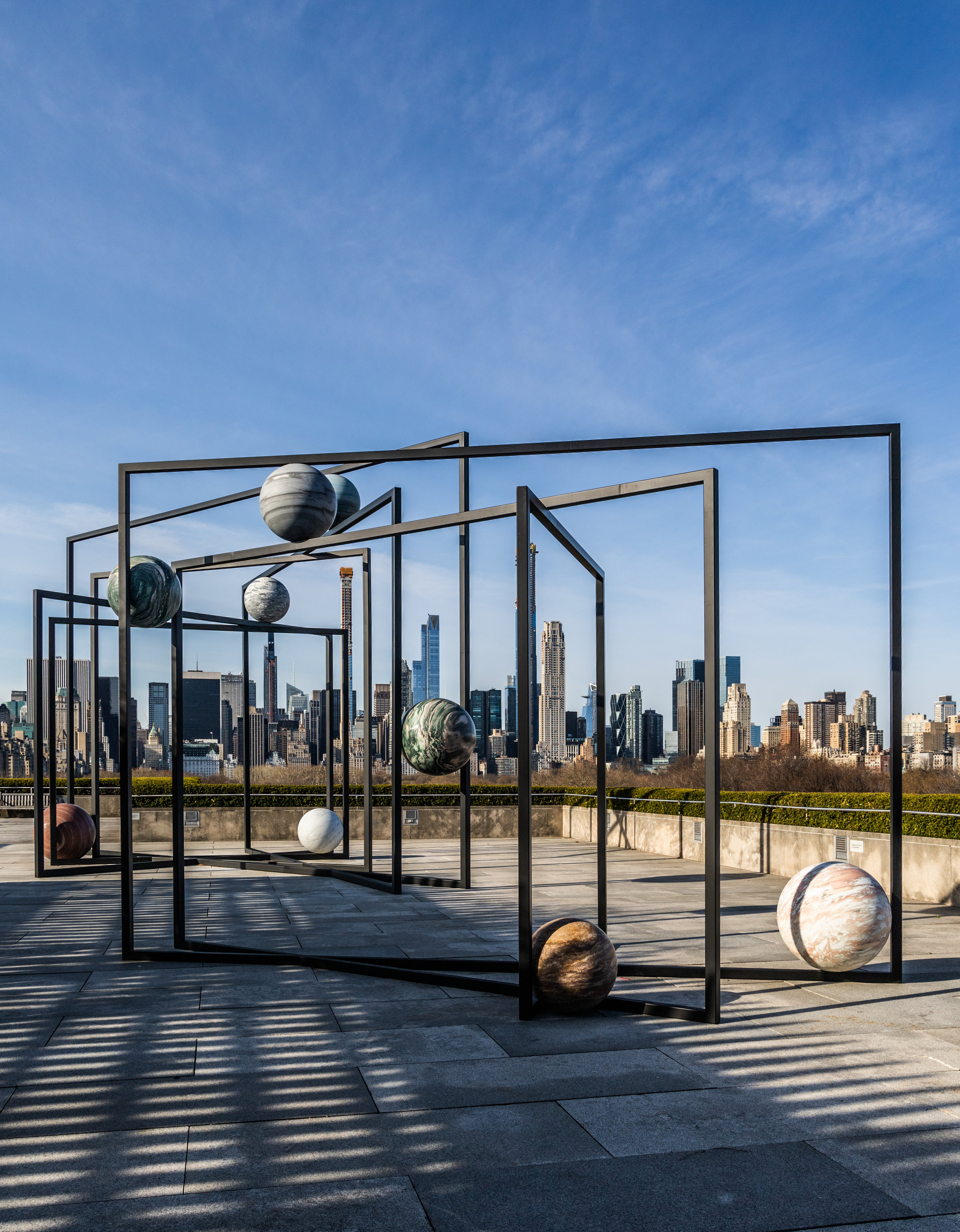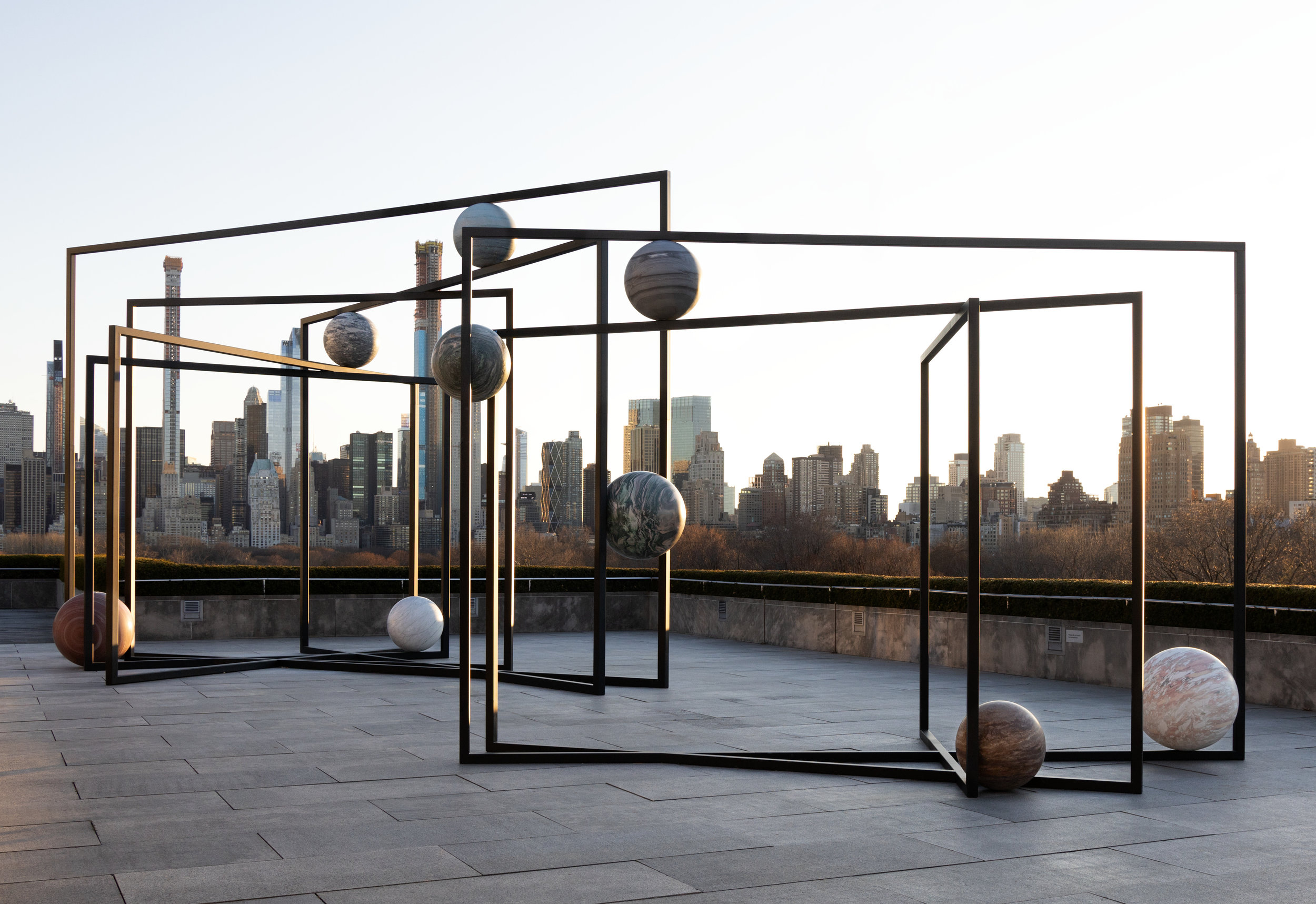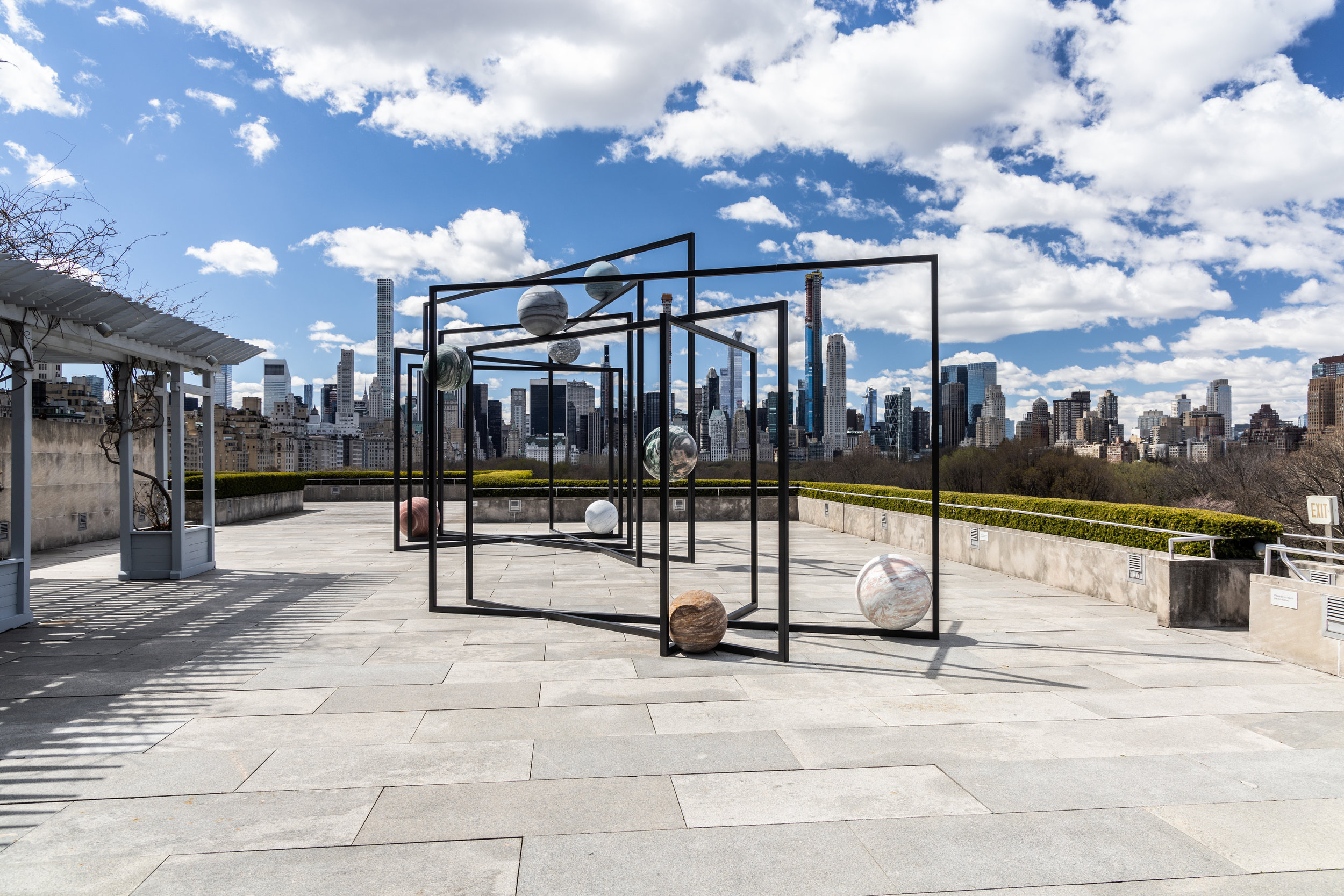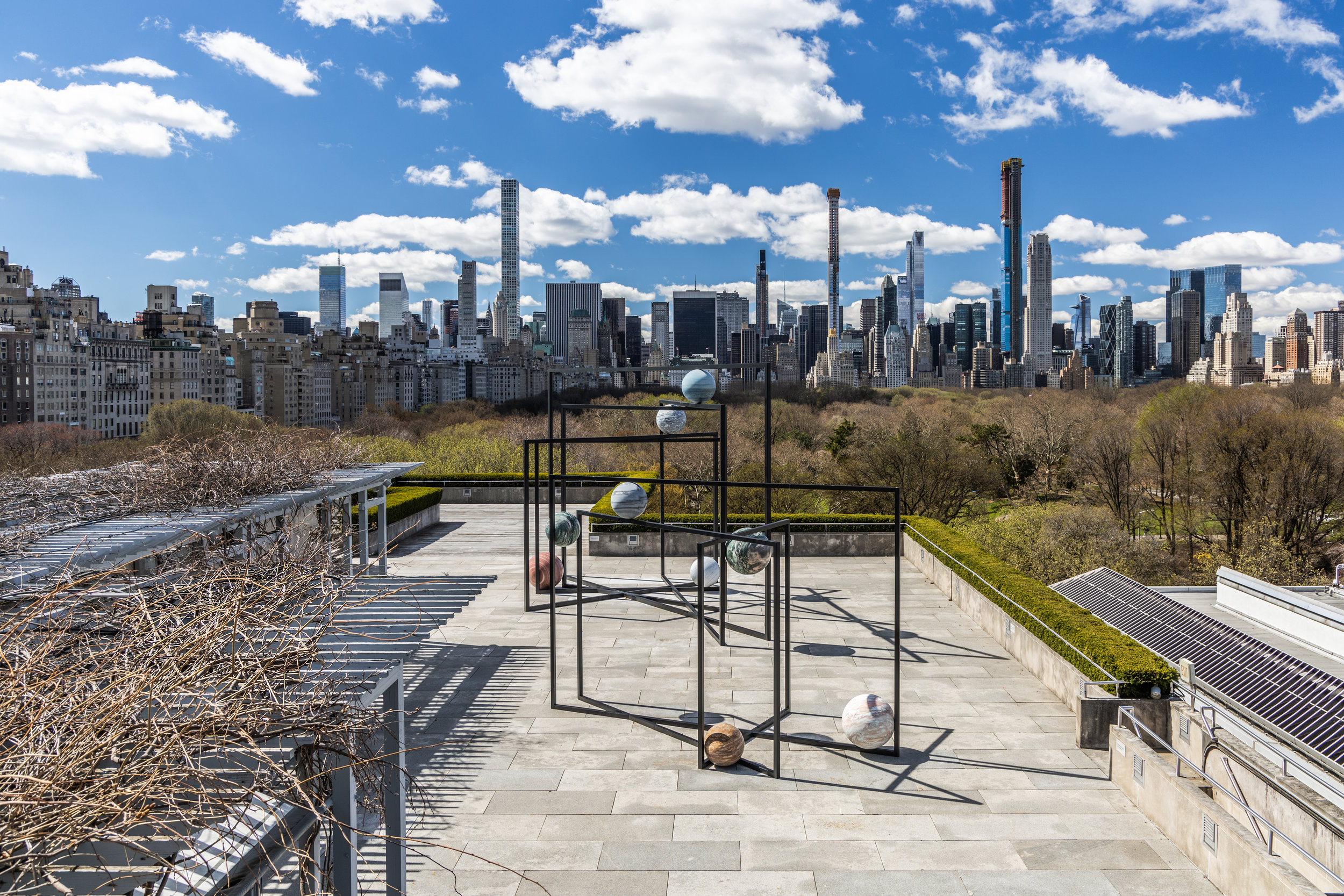Bringing together past and present, then and now, Them as Was Is, Paul McCarthy’s first solo exhibition with Galerie Max Hetzler, presents two fundamental aspects of McCarthy’s practice. On the ground floor, eighteen sculptures constitute an early endeavour by the artist to combine different periods of sculpture into one, allowing visitors to draw out the similarities that weave together his most iconic sculptural projects. On the gallery’s upper floor, a series of drawings and video works from the artist’s more recent ‘A&E’ (2019–) project show film and performance to be at the heart of McCarthy’s practice.
The gallery’s second floor presents drawings created by McCarthy during improvised performances between himself and German actress Lilith Stangenberg as part of their ongoing ‘A&E’ project. The project’s title refers to the layered alter egos which McCarthy and Stangenberg assume: Adolf Hitler & Eva Braun, Adam & Eve, Arts & Entertainment, America & Europe. Created during hours-long sessions in which the collaborators enter a state of delirium, the drawings possess a radical immediacy and undeniable physicality. Alongside unconscious scrawls, magazine clippings, and imagery of Hitler and Mickey Mouse, certain drawings incorporate the artist’s tools, providing witness to the gestures embedded in them.
Them as Was Is is on view through October 21st at Galerie Max Hetzler, Potsdamer Straße 77-87, Berlin.

